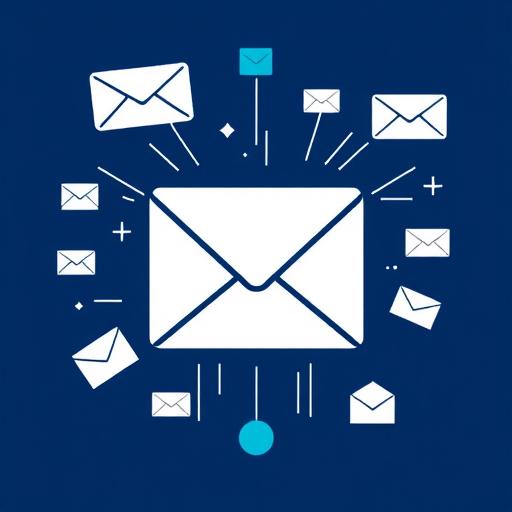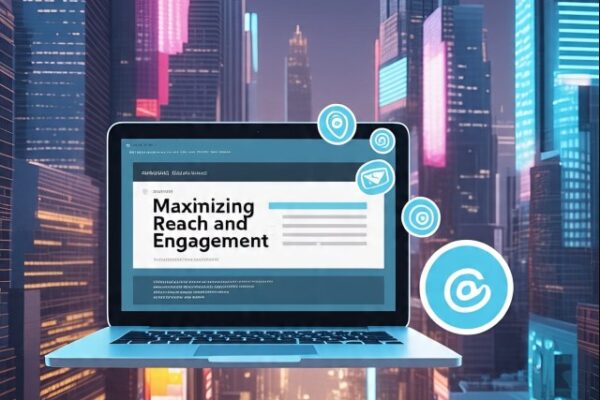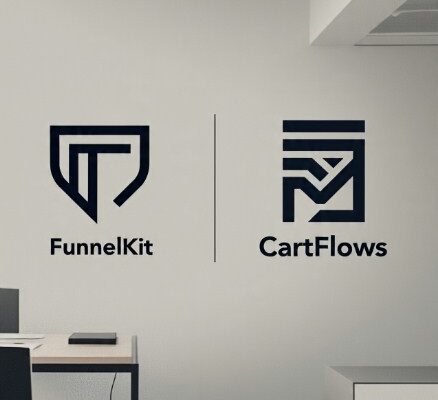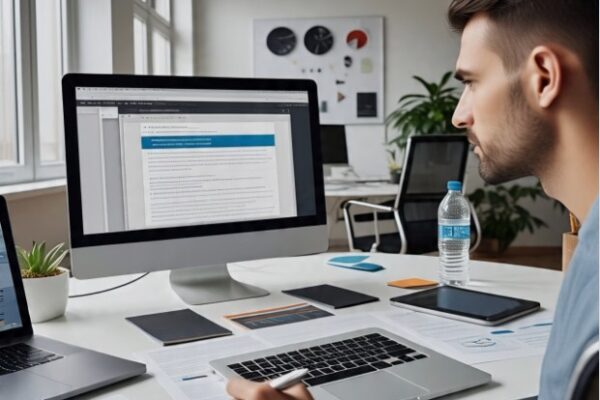
Email Marketing Customer Journey: Master the 5 Stages to Turn Leads into Loyal Customers
🔍 What is the Email Marketing Customer Journey?
The email marketing customer journey is the strategic process through which a subscriber transitions from first discovering your brand to becoming a loyal customer. This journey comprises various touchpoints, each requiring different types of emails and communication strategies to keep the prospect engaged and motivated to take action.
Understanding this journey allows marketers to deliver targeted messages at each stage, thereby boosting engagement, improving user experience, and increasing ROI.
Importance of Mapping the Customer Journey in Email Marketing
An effective email strategy is not just about sending newsletters or promotions. It’s about delivering the right message at the right time. Here’s why mapping the email marketing customer journey is essential:
- Helps personalize content and experiences
- Improves open and click-through rates
- Increases conversions and sales
- Reduces unsubscribes and spam complaints
- Builds long-term customer relationships
Stages of the Email Marketing Customer Journey
Each customer goes through several stages before making a purchase and becoming loyal to your brand. These stages are:
1. Awareness Stage
At this point, the user has just discovered your business, often through ads, social media, or content. Your goal is to introduce your brand and offer value.
Email Examples:
- Welcome emails
- Introduction to brand values
- Lead magnet delivery (eBooks, checklists)
Tips:
- Use an eye-catching subject line
- Personalize with the subscriber’s name
- Provide helpful resources or educational content
2. Consideration Stage
Now the user is interested but evaluating options. This is your chance to build trust and highlight your unique selling propositions.
Email Examples:
- Case studies or testimonials
- Product highlights
- Comparison charts
Tips:
- Segment emails based on behavior
- Highlight benefits over features
- Answer common objections
3. Decision Stage
The user is ready to buy. Your emails should remove any final doubts and make the buying process seamless.
Email Examples:
- Time-sensitive offers
- Cart abandonment emails
- Free trials or demos
Tips:
- Add urgency and scarcity
- Use strong calls-to-action (CTAs)
- Include money-back guarantees
4. Retention Stage
You’ve converted the lead. Now it’s time to keep them engaged so they don’t churn.
Email Examples:
- Post-purchase thank-you emails
- Usage tips or tutorials
- Cross-sell or upsell offers
Tips:
- Ask for feedback or reviews
- Keep communication consistent
- Reward loyalty with offers or content
5. Advocacy Stage
Loyal customers can become your best promoters. Encourage referrals and social sharing.
Email Examples:
- Refer-a-friend programs
- Social proof and sharing incentives
- VIP offers
Tips:
- Make it easy to share your brand
- Celebrate milestones (e.g., 1-year anniversary)
- Offer exclusive perks
🤖 Automation and Segmentation in the Customer Journey
Email automation ensures your messages reach the right audience at the right time, without manual effort. Combine automation with segmentation for a powerful personalization strategy.
Tools You Can Use:
| Tool | Features |
|---|---|
| Mailchimp | Pre-built customer journey maps, automation |
| ActiveCampaign | Advanced segmentation and CRM integration |
| ConvertKit | Great for creators and bloggers |
| GetResponse | Includes conversion funnels and webinars |
Alt Text: Example of an email automation flow showing stages of the customer journey.
Benefits of Automation:
- Saves time
- Improves targeting accuracy
- Boosts engagement
- Scales communication effortlessly
🔢 Metrics to Track Throughout the Journey
To evaluate the success of your email marketing customer journey, keep an eye on key performance indicators (KPIs) such as:
- Open Rate: Measures subject line effectiveness
- Click-Through Rate (CTR): Tracks content engagement
- Conversion Rate: Measures email’s role in purchase decisions
- Unsubscribe Rate: Gauges content relevancy and frequency
- Customer Lifetime Value (CLTV): Measures long-term profitability
📆 Email Schedule for Each Stage
| Stage | Email Frequency | Content Focus |
| Awareness | 2-3 times/week | Brand intro, value content |
| Consideration | 2 times/week | Product value, testimonials |
| Decision | Daily or time-sensitive | Offers, reminders |
| Retention | Weekly | Tips, updates, loyalty rewards |
| Advocacy | Monthly | Referrals, celebrations |
Best Practices for Email Marketing Customer Journey
- Always get explicit consent (GDPR compliant)
- Use a consistent tone and branding
- Optimize for mobile devices
- Include clear CTAs in every email
- Use A/B testing to improve subject lines and copy
- Clean your list regularly to remove inactive users
Real-World Example
Imagine a fitness brand that offers a free meal plan (lead magnet). Here’s how the journey might look:
- Awareness: Free meal plan delivered via email
- Consideration: Emails with client success stories
- Decision: 20% off on a 3-month diet program
- Retention: Weekly recipe newsletters
- Advocacy: Share your transformation story to win a prize
This seamless journey guides the user from interest to purchase and advocacy, increasing both short- and long-term revenue.
Make Every Email Count
The email marketing customer journey isn’t just a marketing tactic—it’s the foundation of building genuine, revenue-driving relationships. By understanding and optimizing each step, you create a personalized experience that turns subscribers into repeat customers and loyal brand advocates.
Start mapping your customer journey today. Automate wisely. Segment intelligently. And most importantly, serve your audience with valuable content at every stage.




